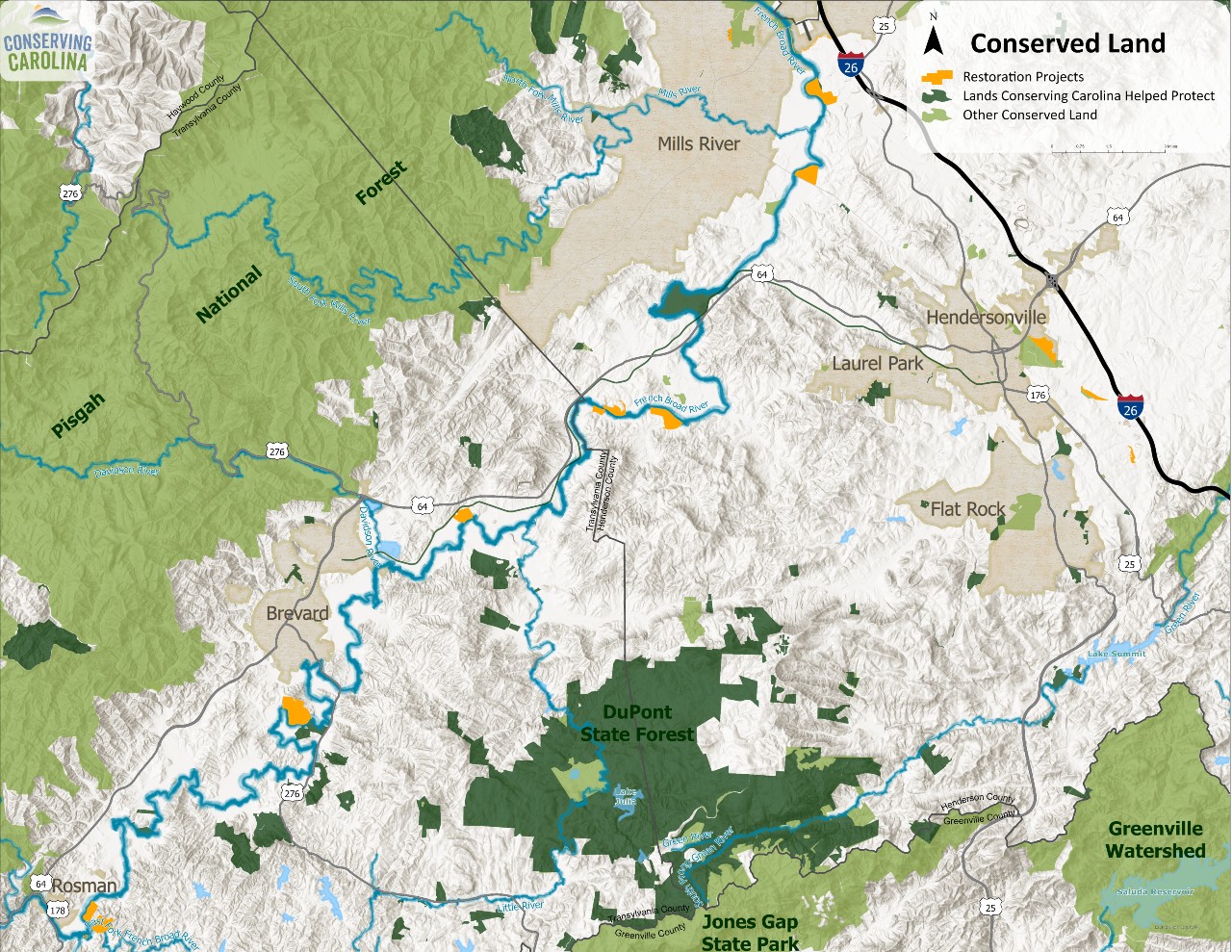Cultivating Conservation in our Midst
Habitat at Home is both a mindset and a skill set. It’s a way of seeing nature as not just in national parks or preserves, but in our midst.
We need to go beyond protecting the natural places we have left. For us to pass on a thriving and beautiful world to our children, we also need to bring back natural habitats that have been degraded or lost. Restoration definitely takes work, but we are doing just that, by bringing back natural floodplains and wetlands, healthy streams, and forests full of biodiversity.

These restoration projects show how connected we all are. As it turns out, people need many of the same things that birds and fish and other wildlife do. We all need clean, healthy rivers and forests, and we all depend on the ecological processes that nature provides. Restoration is an ambitious, hopeful, and necessary approach that steps up to the challenges of the times we are living in.
A growing chain of restoration projects is bringing back a thriving natural corridor along the French Broad River. At sites like Mud Creek, Pleasant Grove, Kings Bridge, Carolina Memorial Sanctuary, and the confluence of the East Fork, we see nature making a comeback. These healthy natural floodplains bring back vital wildlife habitat that we had lost, provide us with clean water, and reduce the risk of both floods and water shortages.
All projects shown in yellow are Conserving Carolina restoration projects (completed or in progress.)

Restoration is hard work. At Conserving Carolina, we are deeply grateful to the many volunteers who give their time and energy to remove kudzu that’s encroaching on forests, pull cattails out of bogs, treat hemlock trees to protect them from woolly adelgids, plant pollinator gardens, and much more. We simply could not do it without you!
Volunteering in ecological restoration is also deeply rewarding. You can see the difference you are making, as invasive species disappear and native wildflowers and animals begin to come back. As a volunteer, you can spend time outdoors, see nature preserves that aren’t always open to the public, and meet other people who share your interests.
Want to get outside and make a difference? Volunteer with us!

If enough of us manage our gardens or backyards or small farms for healthy habitat, we’ll see a dramatic revitalization of the nature around us. Conserving Carolina runs active education programs for children and adults, which increase people’s appreciation for the nature all around us and shows how we can act to take care of it. Through our monthly Habitat at Home feature, we share seasonal tips for improving habitat where you live. Make your place a little wilder and then show us what you see in our annual spring Habitat at Home photo contest!

Habitat at Home is both a mindset and a skill set. It’s a way of seeing nature as not just in national parks or preserves, but in our midst.
The Gardening for the Planet Course by Spriggly’s Beescaping covers everything from pollinators to rain gardens to native plants. Save and support Conserving Carolina with this special offer.
This complete guide to gardening for butterflies in Western NC and Upstate SC covers butterfly host plants, top nectar plants, best trees, and many butterfly gardening tips!